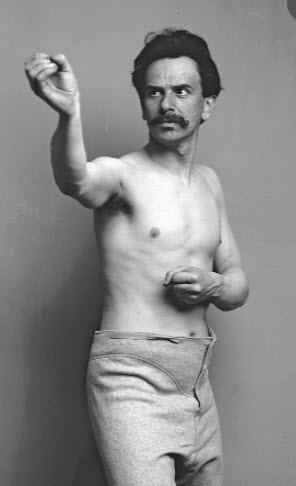Where is the music?
I was driving home from hiking yesterday and happen to be listening to Taylor Swift on a country music station. There’s a reason Ms. Swift is a superstar. She has a great voice, fun lyrics and her music has great hooks. It is not like she’s singing about things we haven’t heard before – she is. High school loves, growing pains and simple little life hurdles and lessons. But because these stories are put to music and surrounded by wholesome Americana packaging, they jump to life. Her school bleachers are your school bleachers.
And this got me thinking about brand planning. Plans of the brand variety need a little music in them. The great ones do. What does that mean? Well, they can’t just be cool, rational, business-winning directives. Readers of WTI know my brand plans consist of “one idea, supported by three planks” And the best brand plans tug at some heart strings. They need a little art next to the science.
Kevin Allen, in a recent article in the Harvard Business Review, talks about “Generosity of Spirit” as a guiding principle his company perscribes when thinking about corporate language and direction, and I agree. Though music come in many forms, it has an emotional wrapper that takes simple ideas and elevates them. As you look at your brand plan — the guiding principle for your brand — ask yourself “Where is the music?” Peace!







